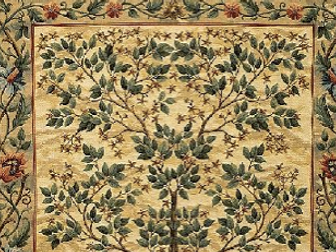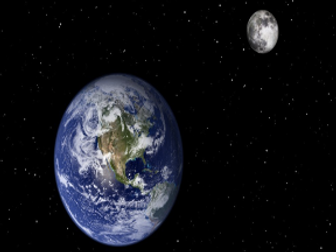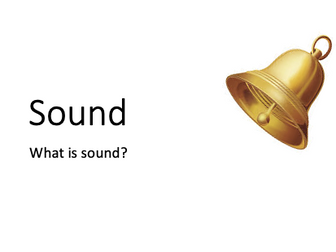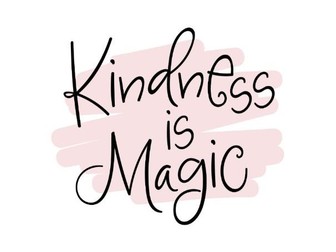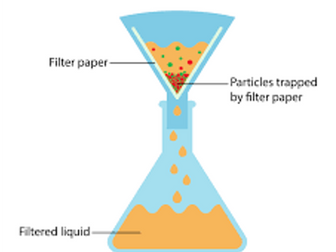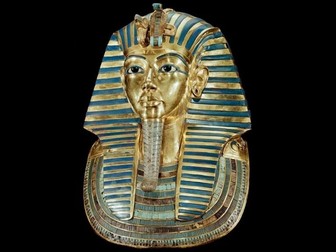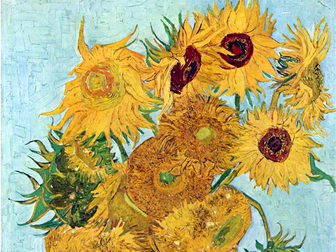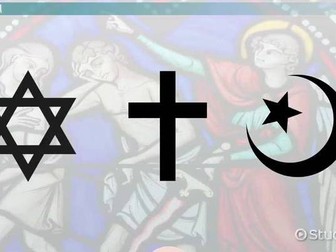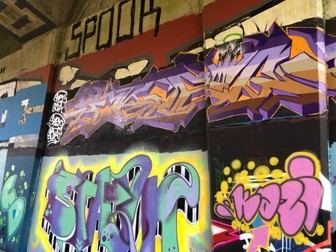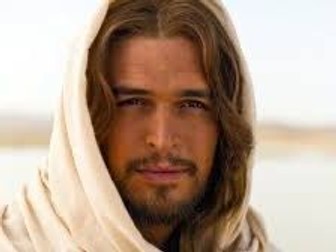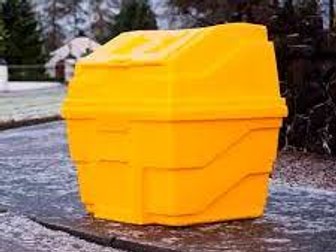
Simple Assessment in Religious Education - without levels
Many schools are still using the 'I Can' statements for RE assessment, which means they are probably still using levels. This version uses the familiar statements but some have been tweaked so that the focus is not 'I can', but the pupil can. Rather than using levels, the Simple Assessment version uses age-appropriate expectations to provide assessment in RE from Year R to Year 9. There is a Word version here and a PDF. The other document is the Six Areas of Enquiry from the RE Council, which underpin the Simple Assessment. There is also a full set of excel spreadsheets - one for each year. These are held at http://johneviner.wixsite.com/reassessment

Year 4 Digestion; teeth and the digestive system
This was two lessons that I prepared for my Year 4 grandson during Lockdown. There was much more to it but I hope the PowerPoints are helpful. The first looks at teeth, the second at digestion.

Introduction to watercolour
This is a simple PowerPoint that explains how a beginner can make a start with watercolour painting. It starts with a focus on JMW Turner (thought of as an Impressionist but actually a product of the Romantic movement), looking especially at his watercolour paintings. This introduces pupils to the idea of a colour wash. Then there is a presentation by a contemporary watercolour artist, who sets out how a water wash is effective. The PPT suggests then that the pupils have a go at each technique.
The original PPT was part of ‘Grandad’s Virtual School’ for my Year 5 grandson. The YouTube videos were embedded. In this version the URLs are given only.

William Morris and the Arts and Crafts Movement
This is the first of two units on Victorian artists, created for my Y4 grandson as part of ‘Grandad’s Virtual School’ (Keeping the lock-in rockin’)
It contrasts the industrialisation and mass production of the industrial revolution with Morris and Burne-Jones who led the fight for natural beauty, craftsmanship and beauty.
It needs some colouring sheets that will help pupils engage with Morris’s style
undefined

Newton's Law and Propulsion (flight)
This is a two-lesson sequence created for my Year 4 grandson as part of ‘Grandad’s Virtual School’. The whole sequence leads up to rockets and space flight. In the first lesson we meet Isaac Newton, establish an understanding of the three laws of motion and then think about propulsion as an application of the Third Law. We move from propellor-driven aircraft to jets. It is a lead-in to the next lesson about rockets and then space flight. There is a lot of embedded video from YouTube and BBC.
Having a Newton’s Cradle handy would be a good illustration of the first two laws.

An assembly about being kind
This is a primary school assembly. It is suitable for any faith, beiief or worldview.
It includes a thinking / questioning time, a reflection, a Christian prayer and the same words set to music that can be used as a joining-in song.

Dissolving and Separating
This is a science lesson, designed to be done in the kitchen during lockdown. It is part of my Grandad’s Virtual School for my Y5 grandson. The lesson introduces key ideas of soluble and insoluble and that some changes - including dissolving - are reversible. Following on, further work on evaporation will lead to a consideration of the Water Cycle.
The lesson needed a bit of adult supervision, but not much. In a classroom I would have used a heat-source to increase dissolving and speed up evaporating. In this case, we stayed with tap water.
The PPT includes links to BBC Bitesize material.

Introduction to climate
Powerpoint explaining the difference between climate and weather. Created for my Y4 grandson as part of his virtual school during lockdown.

Introduction to Ancient Egypt
This is a couple of PowerPoint based lessons which I prepared for my Y4 grandson as part of ‘Grandad’s Virtual School (Keeping the lock-in rockin’)
They need to be supported by other resources and so a couple of the films we used are referenced.

Van Gogh and the Post-Impressionists
Part of a series of lessons on artists and art movements, originally created for my Y5 grandson as part of Grandad’s Virtual School. This reviews what has already been covered in The Impressionists (also on TES) and puts post-impressionism in context. See also The Arts and Crafts Movement on TES.
This is a whole lesson PPT. When we used the ‘Wheatfield’ video, we worked through it step by step, so the film was paused to enable the pupil to catch up each segment.

People of the Book and Pilgrimage
This is a series of three lessons on Religions and Worldviews that I prepared for my Y4 grandson as part of his virtual schooling during lockdown. The first considers the common roots of Judaism, Christianity and Islam. The second is about Islam and the third about Pilgrimage, building on Hajj.

Art in the 20th Century
This is the third of three lessons, introducing Year 5 pupils to painting. It was originally part of my ‘Grandad’s Virtual School’ for my 10-year old grandson.
Having previously looked at 19th Century art, this is a logical progression and it engages with Graffiti and minimalism, both of which offer all kinds of simple project ideas.
The lesson considers the main art movements of the 20th Century - although, for convenience, it groups Cubism and Surrealism together. The final exercise is to create a piece of minimalist art since this offers an age-appropriate practical exercise, which could be linked to geometry.

Miracles of Jesus
This is a simple introduction to Jesus, focusing on his historicity, his Jewish heritage and his ‘Father’ relationship with G-d. The Jewish G-d is used, as is BCE, rather than BC. The aim is to show :
That Jesus came to the point where he realised his ministry began.
That many miracles are foreshadowed in Hebrew scripture and this was recognised by devout Jews looking for the promised Messiah and seeing Jesus as a reincarnation of Elijah or Elisha.
That miracles tended to be either healing or power over nature.

Nuclear Energy
This is one of a series of lessons prepared for my ten-year-old grandson as part of our ‘virtual school’. It introduces and explains atoms fairly simply. It was necessary to explain how atoms joined together as molecules to make matter. He found it easy to understand O2, H2O, CO2 and CO. The presentation explores the dangers of nuclear energy and its pros and cons. The next step would be to think about alternative sources of energy.

Colour, Tone and Line - how to study a painting
This is the second in a sequence of three lessons about art and art movements. This builds on ‘Introduction to Watercolour’ and introduces the seven elements of art. There are some Tate videos but, when this was taught to my Y5 grandson as part of ‘Grandad’s Virtual School’ we only dipped into them as they are not hugely age-appropriate.
Like Part 1, the lesson includes a Makocinno film on adding foreground detail to a watercolour painting.

Snow!
This is a follow on lesson from studying The Water Cycle. It was prepared for my Year 5 grandson as part of ‘Grandad’s Virtual School’ and it revises some aspects of the water cycle. At its heart is a simple experiment to find out why salt melts ice. A sub-zero thermometer is useful to have handy.


